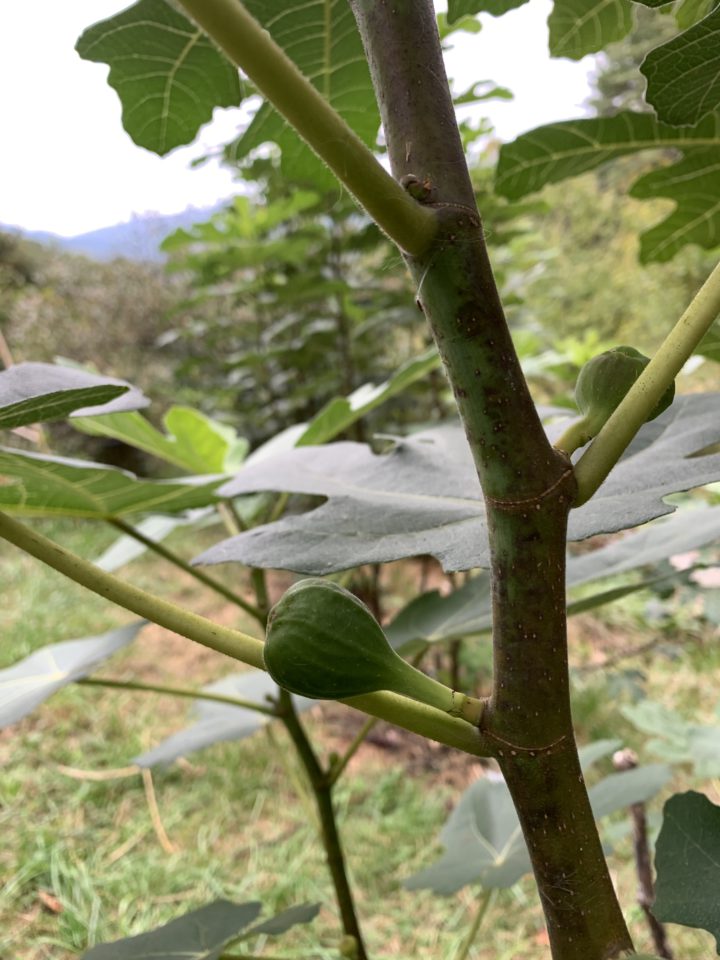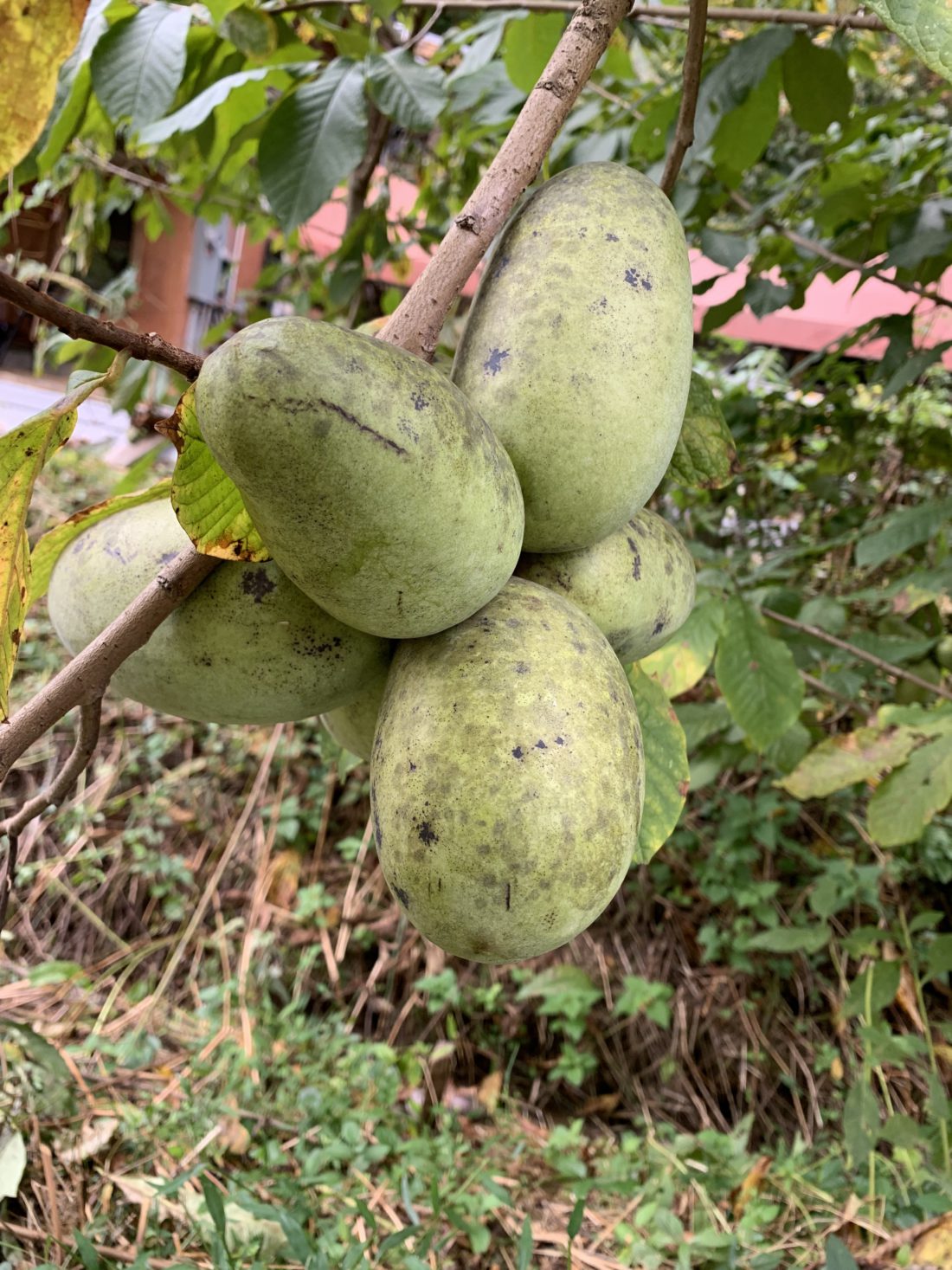Cozy greetings, gardeners. I hope you’re taking time to behold the beauty of the forests as they don their multicolored robes during this glorious season. I have some neighbors who moved here from New Orleans and are getting to witness the change for the first time; they’re in awe. This will be my last gardening feature for 2023, but you can still be in touch through the Wild Abundance Online Gardening School, which I co-created and manage. All of our in-person and online programs will open to new students in early January, and folks on the waitlists for our various classes will get first priority. It’s been a treat to answer your questions and share my knowledge here; many thanks for your readership!
Compost, diseased plants might not mix
Is it OK to compost diseased plants? Will that just spread the disease?
When you notice disease in your garden, you surely want to take every precaution to eradicate it and avoid spreading it from plant to plant, or year to year. There are some plant diseases that can be killed in compost piles and others that persist. To complicate matters, how you manage your compost pile has a big impact on whether it’s a hospitable or antagonistic environment for disease organisms.
A first step in figuring out what to do with diseased plants is to try to figure out what disease you’re dealing with. During this time of year, lots of plants can look sick when in reality they’re just getting to the end of their life cycles. Similarly, insect damage can cause plants to appear under the weather when they aren’t actually infected with any disease. Since most insect pests overwinter underground or in the leaf litter, it’s usually safe to compost plants that have suffered an infestation of bugs. To further complicate the process of diagnosis, plants can change color, get funny spots or otherwise appear diseased when they are deficient in certain essential nutrients.
Sometimes it’s easy to diagnose plant diseases on your own using a book or online resource like the GrowVeg Plant Disease Identification Guides (this is the best one I’ve found). However, it can be tricky to be certain about what issue you’re dealing with, even for an experienced grower.
The only sure way of diagnosing a plant disease is to send a piece of the plant (tissue sample) to a lab, which you can do through the N.C. Cooperative Extension. In addition, our local Cooperative Extension agents can often diagnose diseases by taking a look at a diseased plant. Each county in North Carolina has an office, and the Buncombe County location is right downtown. Another convenient location is in Madison County, right next to the Madison County Fairgrounds.
Some plant diseases do persist, even in hot compost piles, while others are broken down over time by heat, beneficial bacteria and fungi, or simply starving to death because they don’t have a host plant to feed on. Two common diseases that can survive in the compost are the oomycetes that cause leaf blights (for example, late blight in tomatoes, which nearly every tomato plant around here gets eventually) and the virus that causes tobacco mosaic virus. If you know you’re dealing with either of these, put the infected plants in a trash bag and throw them away, or burn them.
For other diseases, it’s likely that very hot compost piles, especially if they’re covered with a tarp to trap moisture and heat, can greatly reduce or eradicate them. The key here is managing the compost so that it heats up. See my feature from June, “Composting: The hotter, the better,” for more on getting your compost to heat up sufficiently to kill off the bad guys. If you’re in doubt, you can always bag and trash or burn plant debris to prevent diseases from spreading.
The story on pawpaws
Are pawpaws edible? I’ve heard that some people are allergic.
Pawpaws (Asimina triloba) are a fabulous native fruit that folks around here like to plant as part of permaculture installations and food forests. You also can find them growing wild, especially in semishade conditions near creeks and streams. Theirs is the only genus from the “custard apple” (Annonaceae) plant family that grows in a temperate environment; all the others are tropical. The family includes such delights as soursop, chirimoya and annona.
The largest indigenous fruit that’s native to North America, pawpaws are custardy, light yellow inside, sweet and aromatic; they’re also high in protein and fat, for a fruit. Indigenous peoples from the Ohio River Valley down to Florida have been cultivating and eating pawpaws for thousands of years. Wild native trees produce smaller and less tasty fruit than selected cultivars, which can get as large as mangoes and taste similar to those heat-loving gems.
Now is the time to harvest pawpaws to eat. You know they’re ripe because they get soft and begin to turn a little brownish yellow, though the outside remains mostly green even when ripe. If it’s your first time, try a little bit and wait to see how you react. While pawpaw isn’t toxic per se, the seeds, skin and leaves contain a variety of alkaloids, phenolic acids, proanthocyanidins, tannins, flavonoids and acetogenins, according to the U.S. Department of Agriculture. Some people have nasty reactions to eating pawpaws, including skin rashes, nausea or full-blown allergic inflammation. This happened to a friend of mine who is an avid and adventurous forager. She’s not going to eat pawpaws anymore but still loves gathering and enjoying wild foods of other kinds.
To learn more about pawpaws, I recommend the book “For the Love of Pawpaws,” written by bioregional local author Michael Judd.
Winterproofing fig trees
Last winter my fig trees died back to the ground. Is there a way I can protect them this winter?
Yes, it’s been a sad year for our local figs. Where I live, we’ve got lots of little green fruits, most of which won’t have time to ripen before the first hard frost. Due to a dip in temperature down to about 5 degrees F last winter, all of the fig trees in our region died back. Most of the in-ground trees didn’t die fully, but their above-ground parts did. While the root systems remained alive and well, they had to put all of their springtime energy into regrowing trunks, branches and leaves rather than setting an early crop of fruit.

There’s no way to know how cold it will get this winter, but there are a few things you can do to try to protect your fig trees if it gets really frigid. One helpful piece of information to gather is which variety of fig you’re dealing with. Lots of folks around here plant a type of fig called Chicago Hardy, which can withstand temperatures down to 10 degrees; other varieties may only be hardy to about 20 degrees. Once you know the variety, keeping track of exactly how cold it gets where your tree is growing can help, too. When the weather forecast says it will be 30 degrees at night, your specific location may be several degrees different from that. These mountains have many microclimates, so knowing if you’re in a warmer or cooler zone can help with your planning.
A good general practice for fig care is to do some pruning once trees lose their leaves and are dormant. Typically, new growth will produce more fruit in the following year (provided, of course, that the entire tree isn’t made up of new growth; so, new growth that is supported by older growth). Also, figs fruit at the nodes, so more branches mean more nodes and more fruits. Here’s a great video on fig pruning that explains what I’m talking about: avl.mx/d41. Pruning also can help with frost protection because a smaller, more compact tree is usually easier to protect.
To keep the roots of your fig tree warm, it’s a good idea to lay a thick layer of mulch down around the trunk. This also reduces weeds and helps feed the tree. Wood chips are ideal, but straw or leaves also work for mulch. To protect above-ground parts, you can make a tent or tunnel out of greenhouse plastic, supported by PVC or bamboo. During very cold years, we’ve had success wrapping incandescent (not LED) Christmas lights around the branches inside such a tent to add a little bit of extra heat. Figs are great candidates for greenhouse culture, too, since they can be pruned into a short, bushy shape that produces a lot of fruit without reaching the roof.




Before you comment
The comments section is here to provide a platform for civil dialogue on the issues we face together as a local community. Xpress is committed to offering this platform for all voices, but when the tone of the discussion gets nasty or strays off topic, we believe many people choose not to participate. Xpress editors are determined to moderate comments to ensure a constructive interchange is maintained. All comments judged not to be in keeping with the spirit of civil discourse will be removed and repeat violators will be banned. See here for our terms of service. Thank you for being part of this effort to promote respectful discussion.